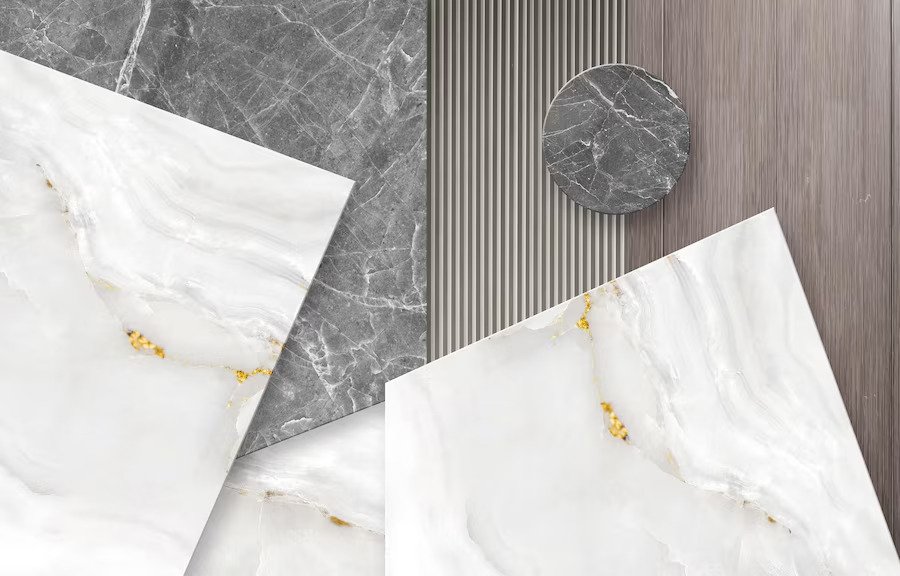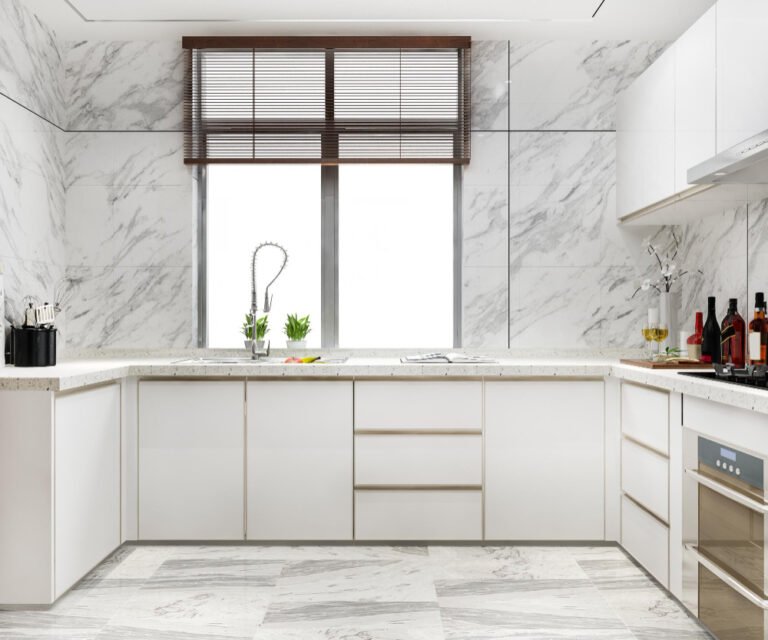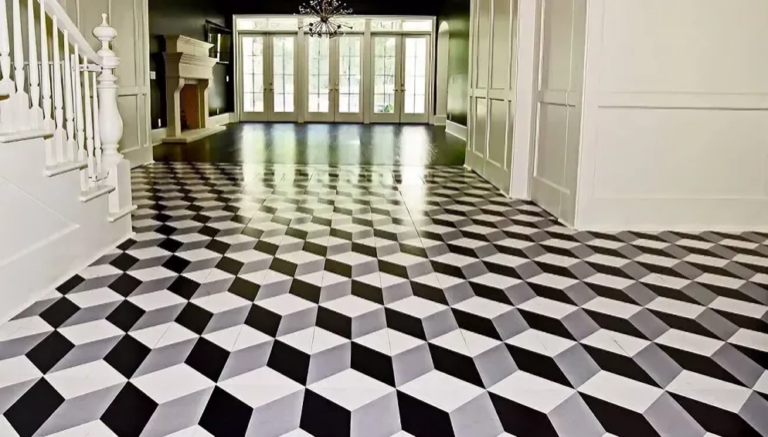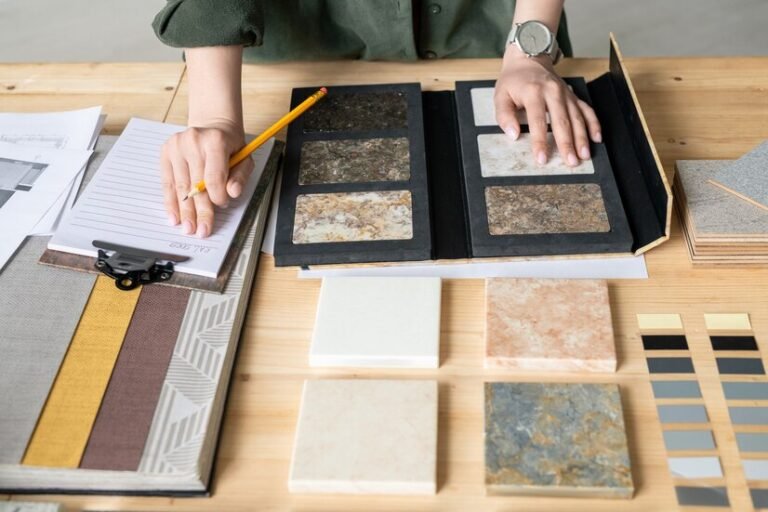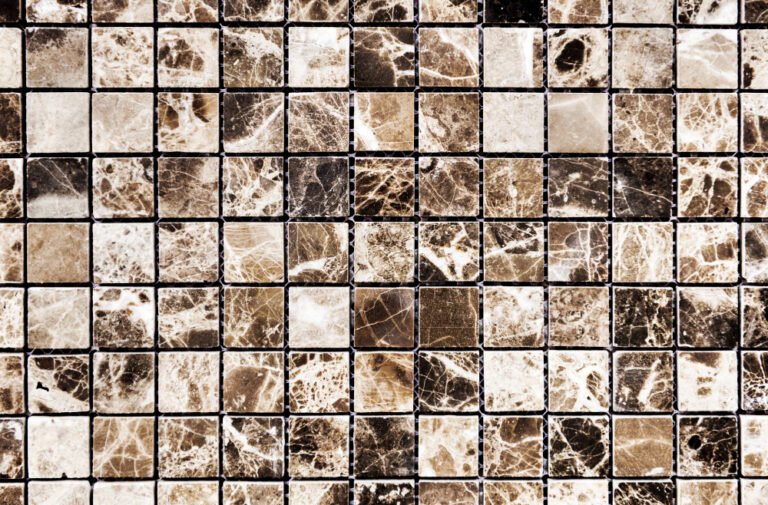Practical Considerations: Pros And Cons Of Marble Tiles
Marble has long been revered as a symbol of luxury and sophistication in architectural design. Its timeless beauty, distinctive veining, and luxurious feel make it a popular choice for various applications, particularly in tiling. However, like any material, marble comes with its own set of advantages and disadvantages. Before incorporating marble tiles into your space, it’s essential to consider these practical aspects to ensure they align with your needs and preferences.
To Know More About it Please Click Here
Pros of Marble Tiles
- Elegant Aesthetic: One of the most significant advantages of marble tiles is their unparalleled beauty. The natural veining and unique patterns create a sense of luxury and sophistication that can elevate any space, from kitchens to bathrooms to living areas.
- Versatility: Marble tiles come in a wide range of colors, patterns, and finishes, offering versatility in design. Whether you prefer classic white Carrara marble or the dramatic veining of Calacatta marble, there’s a marble tile to suit every style and aesthetic.
- Durability: When properly maintained, marble tiles can last for decades, making them a durable flooring option. They are resistant to scratches, cracks, and heat, making them suitable for high-traffic areas and spaces where spills are common.
- Increased Property Value: The luxurious appeal of marble tiles can enhance the value of your property. Potential buyers often view marble as a desirable feature, making it a worthwhile investment for homeowners looking to increase resale value.
- Natural Material: Marble is a natural stone, quarried from the earth, giving it a unique and authentic character. For eco-conscious consumers, choosing marble tiles can be a sustainable option compared to synthetic materials.
Cons of Marble Tiles
- Porosity: Marble is a porous material, which means it is susceptible to staining and etching from acidic substances like citrus juices, wine, and vinegar. Sealing the tiles regularly can help mitigate this issue, but it requires ongoing maintenance.
- Scratch and Chip Prone: While marble is durable, it is not immune to scratches and chips, particularly in high-traffic areas. Heavy furniture or sharp objects can cause damage to the surface of the tiles, requiring repairs or replacements.
- Slippery Surface: Marble tiles can be slippery when wet, posing a safety hazard, especially in bathrooms and kitchens. Adding rugs or mats with non-slip backing can help improve traction and reduce the risk of slips and falls.
- High Cost: Compared to other tiling materials, marble tiles tend to be more expensive due to their luxurious appeal and natural rarity. The cost of installation and maintenance should also be factored in when considering marble for your project.
- Maintenance Requirements: Marble tiles require regular maintenance to preserve their appearance and longevity. This includes sealing the tiles to protect against staining, cleaning up spills promptly, and avoiding abrasive cleaners that can damage the surface.
conclusion
marble tiles offer a luxurious and timeless aesthetic that can enhance any space. However, it’s essential to weigh the pros and cons carefully to determine if marble is the right choice for your project. With proper maintenance and care, marble tiles can provide years of beauty and elegance, making them a worthwhile investment for discerning homeowners and designers alike.

